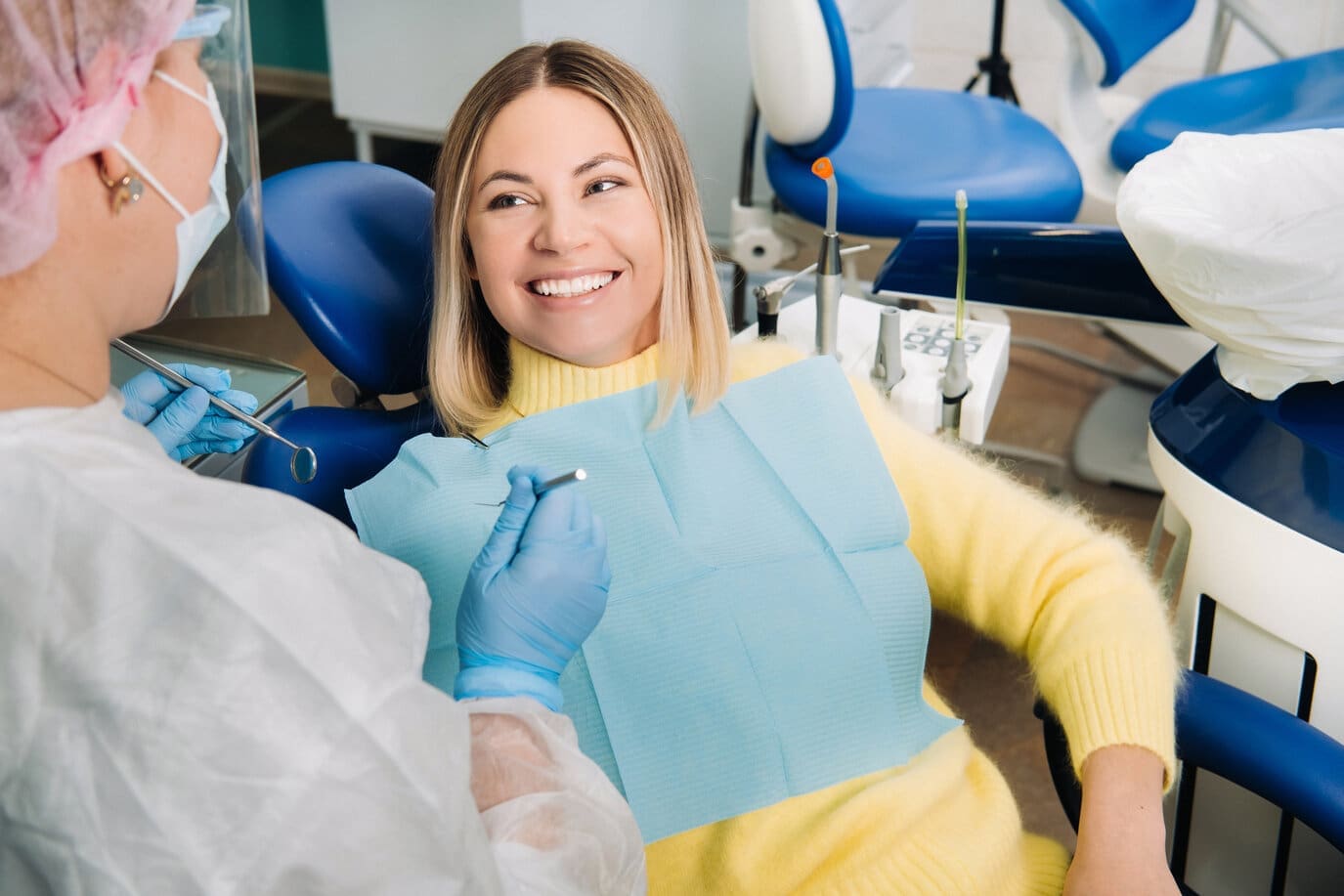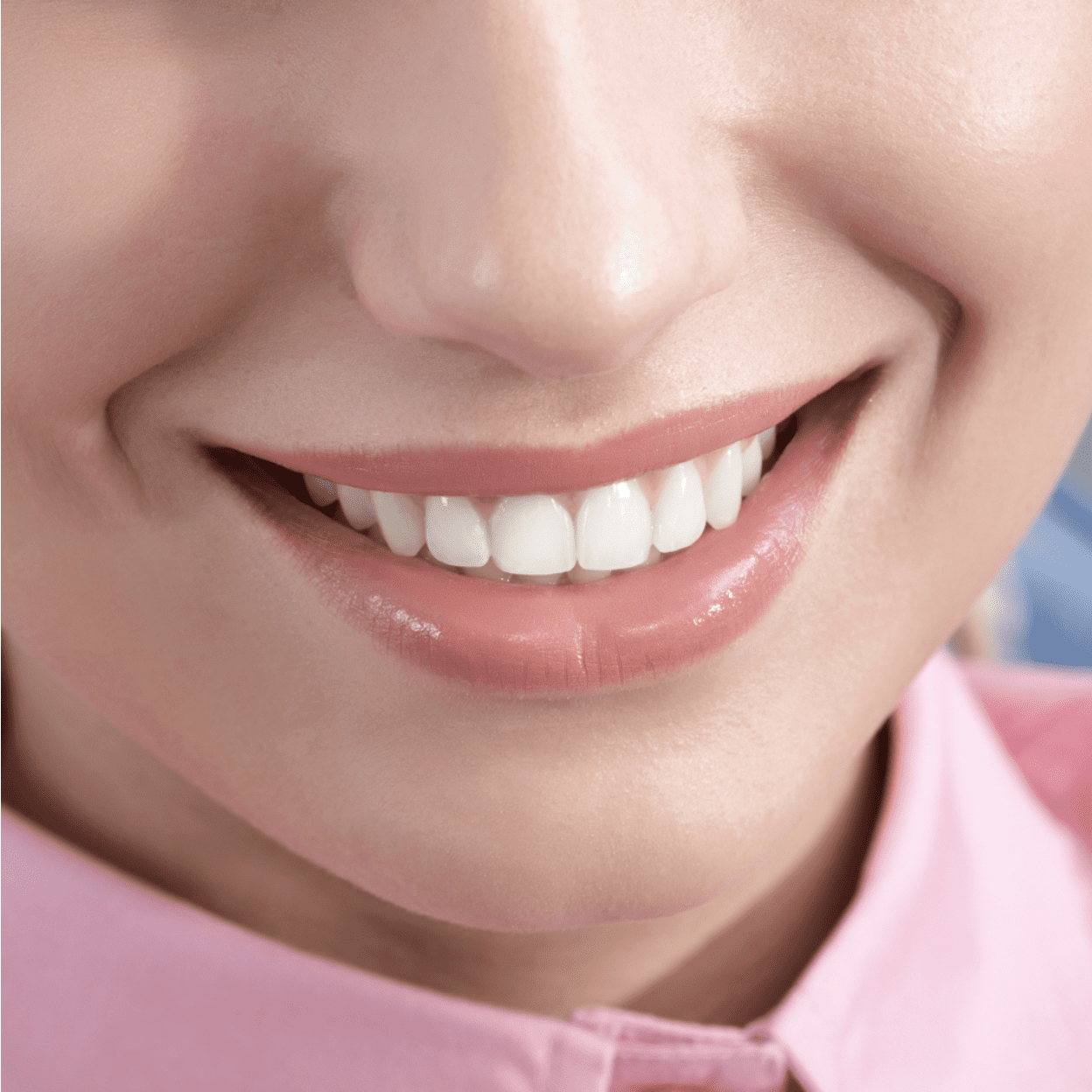
7 Advantages of Dental Implants as Teeth Replacement
Dental implants are far superior to tooth replacement options like dentures or bridges. This article will explain in detail why implants are the best choice.
Home » Archives for 2022 » Page 4

Dental implants are far superior to tooth replacement options like dentures or bridges. This article will explain in detail why implants are the best choice.

If you’ve ever looked inside your mouth, you may have been able to identify your teeth, tongue, and gums. However, other parts also play an

Laser gum treatments effectively treat gingival (gum) and more advanced periodontal diseases. These diseases are infections of the supporting tissues and bone that hold the

Invisalign continues to be compared to braces, and for a good reason. Both dental treatments can straighten the teeth, but the question of many is,

A mother and her newborn struggle with breastfeeding; a child unable to pronounce certain sounds; A teenager shying away from eating in public. What do

Gum disease is a serious health issue that is common among adults, especially those over 30 years old. When this disease is not dealt with

When was the last time you had your teeth cleaned? If you had to think hard to remember, then that is probably not a good

Dentists can examine your mouth to detect possible issues, but even with their specialized tools, there’s only so much they can see. Dental issues can

Of all the common restorative procedures done on patients, dental crowns are among the most common. Why? This is often because many people run into

Porcelain is highly sought after. People prefer them over vinyl when renovating because they last longer and do not lose their appeal over time. Porcelain